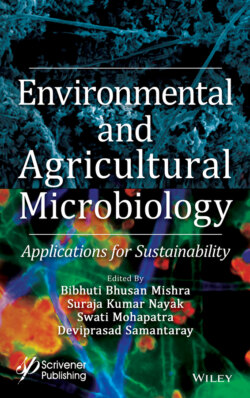Читать книгу Environmental and Agricultural Microbiology - Группа авторов - Страница 52
3.2.1.3 Chromium
ОглавлениеChromium occupies a position in the first row of d-block in the periodic table and is a transition metal of group VIB. It does not exist in elemental form, so it forms compound and is less commonly available element [23]. Naturally, it is present in the earth with oxidation state ranging from chromium (II) to chromium (VI) [36]. The trivalent form of chromium compound [Cr(III)] is stable and accumulated in ores such as ferro-chromite. Hexavalent [Cr(VI)] is another form of chromium compound and is second most stable state form [37]. Chromium entered in different environments (air, water, and soil) through the release of waste from industrial and other anthropogenic activities. The different chromium industries such as metal melting out, tannery services, chromate manufacture, stainless steel repairing, and ferrochrome and chrome pigment manufacture industries are mainly responsible for chromium contamination in the environment [16]. Chromium is also used in paper, pulp, and rubber manufacturing applications [22]. The hexavalent form of chromium [Cr(IV)] is the toxic compound from industrial pollutant which is classified as human carcinogen by various regulatory and non-regulatory agencies [16]. For drinking water, World Health Organization (WHO) restricted 50 μg of Cr(VI) per liter, but currently, naturally Cr(VI) have been found above the WHO’s limit in ground and surface water [38]. The toxicity of chromium causes liver and kidney damage and skin ulceration and affects the central nervous system, and it is also connected with the effects on hematological problem and immune response in fresh water fishes. Its toxicity also associated with plant species, because it decreases the rate of photosynthesis [22].
